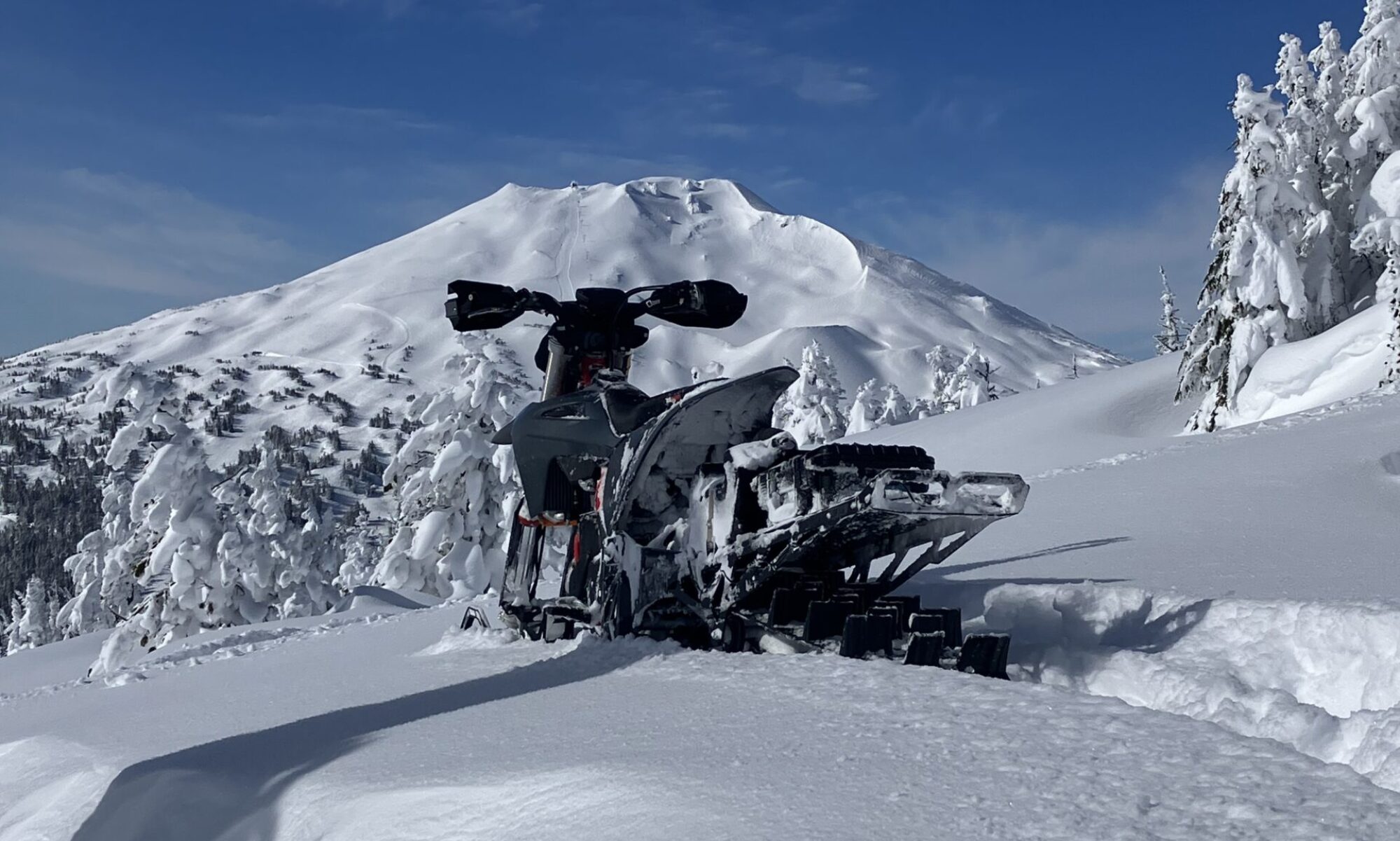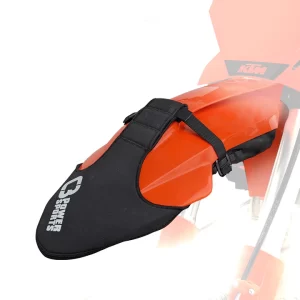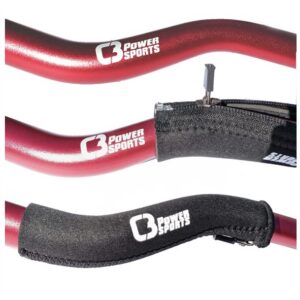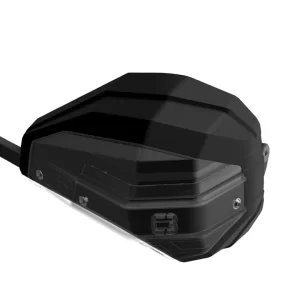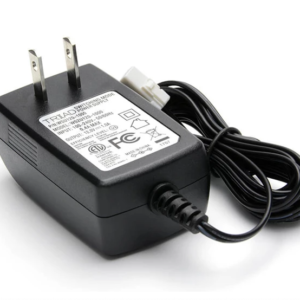Description
IMPORTANT NOTES:
>> Highly recommended to be used with a skidplate – in fact, skidplate should be considered MANDATORY on 2014-22 Yamaha models and 2016-22 KTM/Husky/GASGAS models
>> Highly recommended to be used with C3 Thermostat– other brands’ thermostats have bypass designs that are not optimized for snowbiking (in our opinion). This is especially influential with NXT Engine Skins since airflow through the rads is not physically blocked off. For best performance, use C3 thermostat.
With NXT Engine Skins, to keep your snowbike performing its best, the 3 main priorities were EFFECTIVE heat management, LIGHTWEIGHT, and SLEEK. The key to achieving all 3 of these is the close fit, which we’re calling the “NO-GAP” principle.
EFFECTIVE – Not a perfect analogy but imagine it like a wetsuit. Focus on limiting the outside effects, so that you retain all the heat inside! Contrast that to a building with the windows open in a snowstorm. On some enclosures the “windows” are smaller than others, but you’re still heating a larger area, constantly having to heat new air, and dealing with all the snow that comes in.
Melting snow is BY FAR the biggest impediment to maintaining engine temps. Did you know that it consumes TEN TIMES more heat to melt 1 pound of snow from -1°C to 1°C, than to heat 1 pound of steel from 1°C all the way to 80°C? (remember highschool chemistry, latent fusion and Q=mcΔT? 🤓) If you ever looked inside your old engine enclosure and saw snow, it’s a sign that it’s struggling to keep up.
FAQ: Why did we focus more on the lower cases than the cylinder head?
- Consider: is your MAIN goal to heat your COOLANT, or to heat the ENGINE itself? The transmission, crankcase, oil sump, etc are areas where your bike will really thank you when they are running optimally, in both performance and longevity. Heat that’s getting pulled out of the cylinder (which is obviously a massive heat source) is not really being pulled out of the “engine”, it’s being pulled out of your “coolant/rads”, which is no big deal (oversimplification but I think you get the point).
- You may notice a conundrum where the reading on a coolant temp gauge on an Engine Skins bike could show lower than you expect, particularly if the exposed part of the brass temp probe got snow on it. Again, what really matters is engine temp / oil temp. C3 monitored oil temps, with the datalogger they developed for MOUNTAIN MAP ECU tuning.
- The problem-causing “milky oil” you have heard about (or experienced!) is a result of condensation, caused by the engine case being in contact with snow and therefore a large temperature differential occurring within the engine. Like a cold glass of water on a hot day, where the engine cases are the glass of water and the cylinder is the sun. Keep snow off the engine!
- Also, thermal mass. The cylinder, piston, and valvetrain represents less than 15% of the mass of the overall system. That means it will have more effect to GET the lower cases warm, and that they will STAY warm better. In our experience, after a break from riding, Engine Skins bikes are 20-30°C warmer than other bikes.
LIGHTWEIGHT – NXT Engine Skins literally weigh less than 1lb. More importantly, it STAYS LIGHT because it doesn’t create a “cavern” for snow to accumulate in! Some of the enclosures we tested were, well, heavy. For example, one 10-15lb system was constantly full of 5-15lbs of snow.
Considering power-to-weight ratios on a 320lb machine with 55 horsepower, you could say that every 6lbs saved has the same effect as adding 1 HP! (or 9.5lbs per HP if you count a 200lb rider too, which probably makes more sense but doesn’t seem to be the industry standard haha). We’ll let you do the rest of the math on that!
SLEEK – This one speaks for itself I think! It’s not just for looks though – if you want to maximize your power delivery, you should be thinking about minimizing the drag of your bike through the snow. NXT Engine Skins are as compact as possible, and the outer synthetic leather is durable and slippery to glide through the snow.
